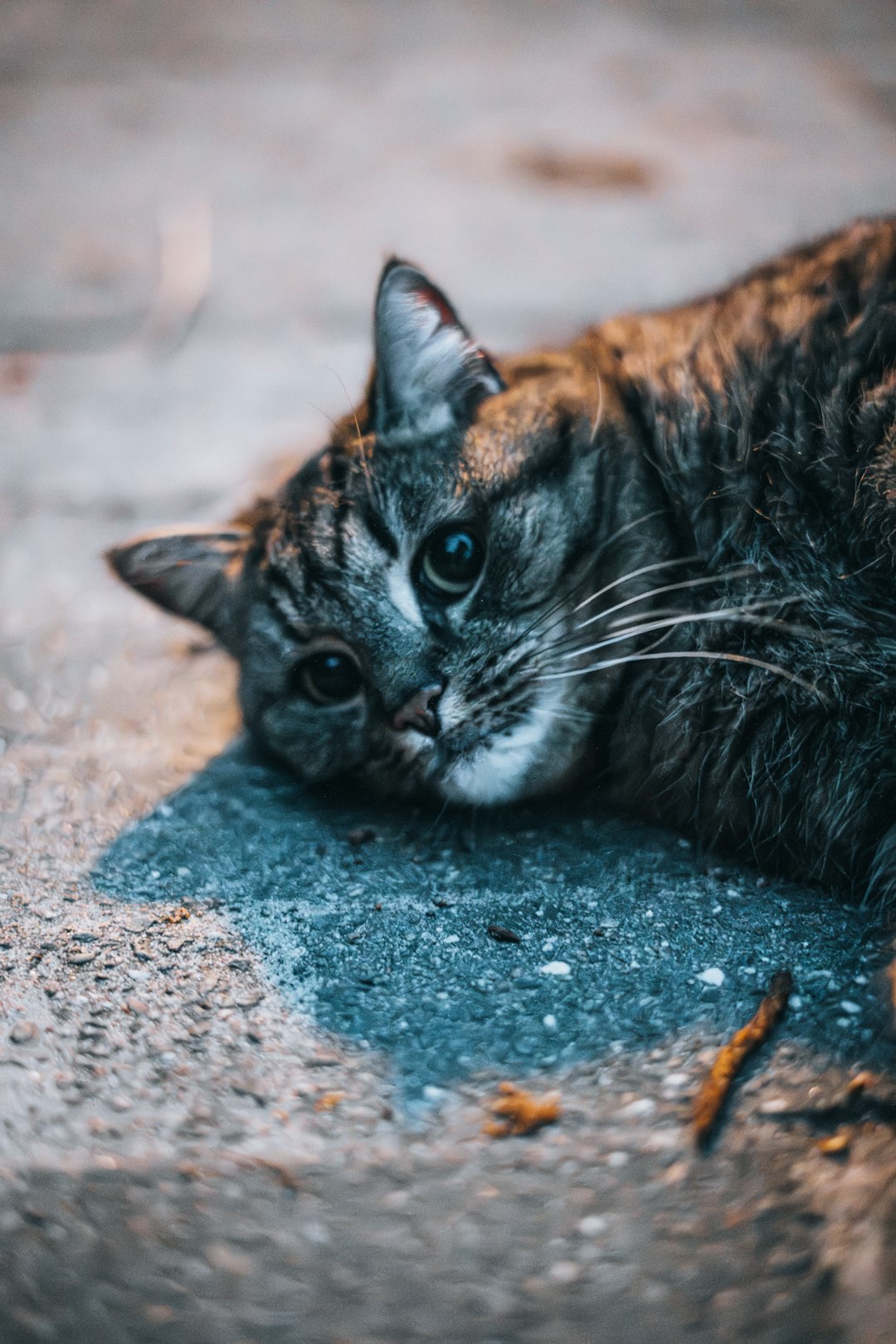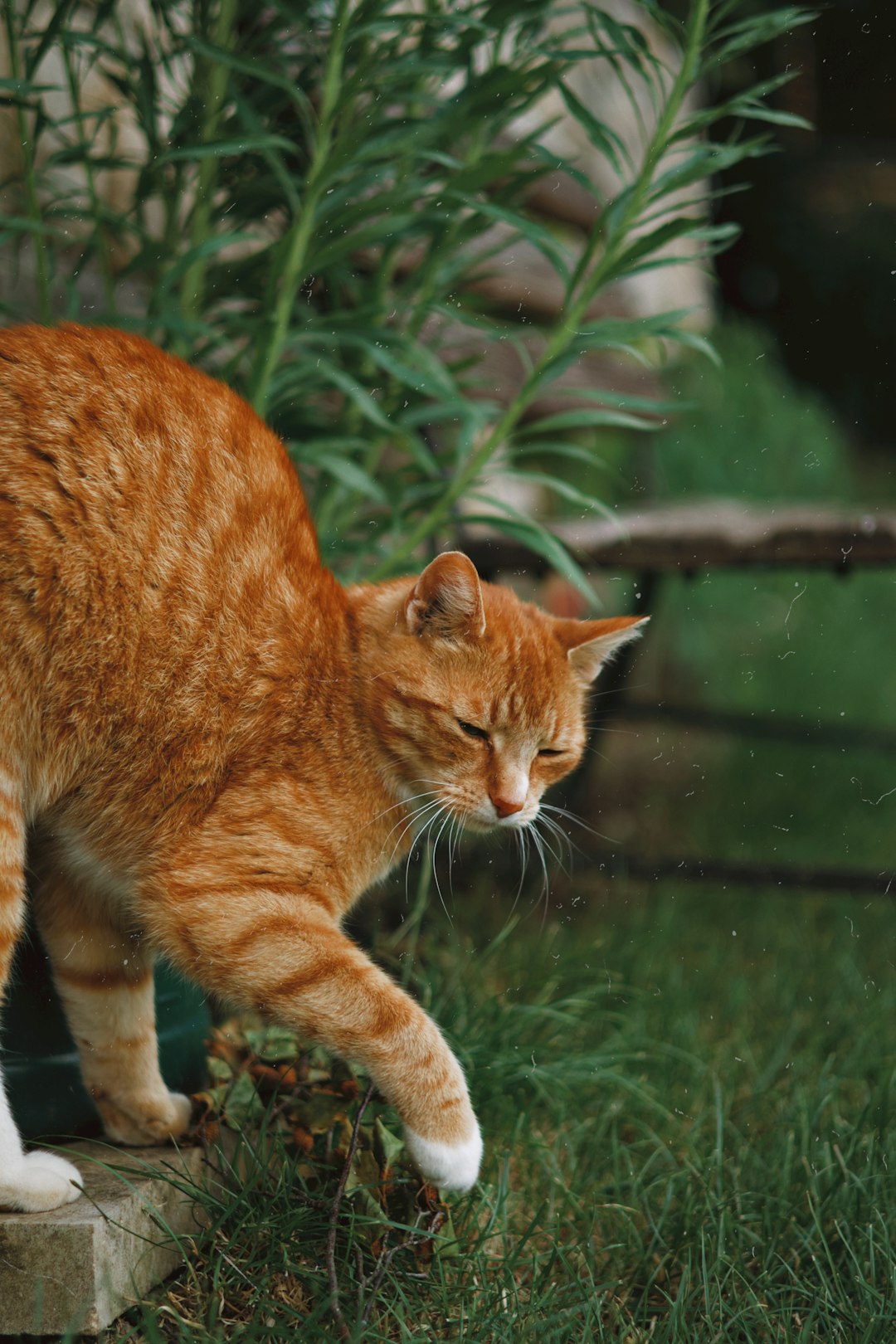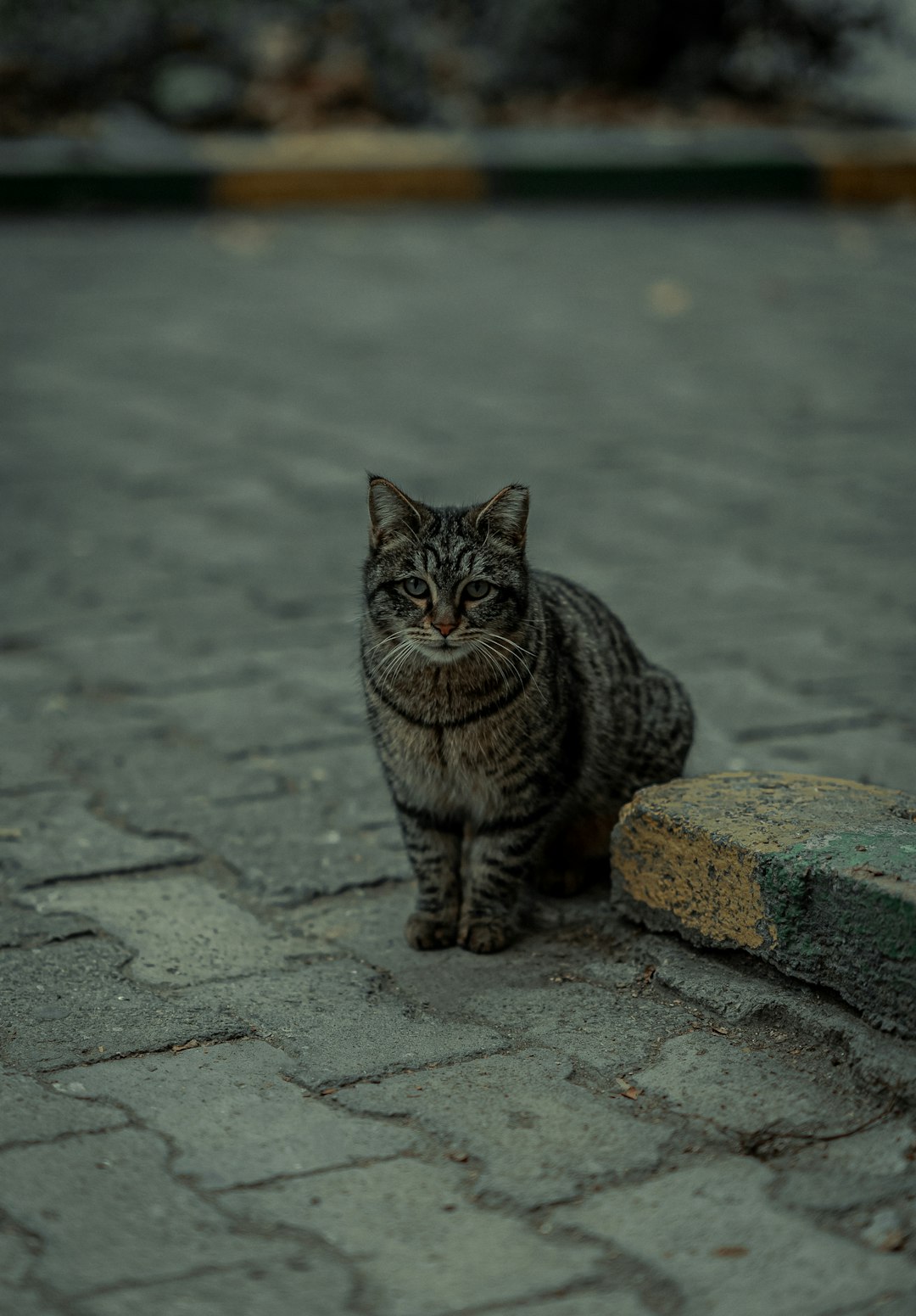Pet owners often face the dilemma of selecting the best diet for their feline companions. Grain-free cat food has gained popularity as more cat owners seek alternatives to traditional kibble. This shift stems from concerns about grain digestion and overall health. However, it’s crucial to understand the benefits and potential drawbacks associated with grain-free diets. In this article, we will explore whether grain-free cat food is the right choice for your beloved pet, providing insights and guidance to make an informed decision.
Understanding Grain-Free Cat Food
Grain-free cat food has gained popularity among cat owners seeking to provide optimal nutrition for their felines. As its name suggests, this type of diet excludes grains such as wheat, corn, and soy, focusing on high-quality protein sources instead. Here are the essential aspects to understand:
- Definition: Grain-free cat food emphasizes meat, fish, and poultry as primary ingredients, catering to the carnivorous nature of cats.
- Ingredients: Typically, you will find alternative carbohydrate sources like potatoes, peas, or legumes instead of traditional grains.
- Purpose: Many cat owners opt for grain-free food to address allergies or sensitivities in their pets or to align with natural feline dietary preferences.
It’s essential to evaluate the nutritional balance in grain-free cat food. Look for options rich in omega fatty acids, vitamins, and minerals. Always consult your veterinarian before making a switch to ensure it’s the best fit for your furry friend. Understanding these aspects can help you make informed decisions about your cat’s diet and overall health.
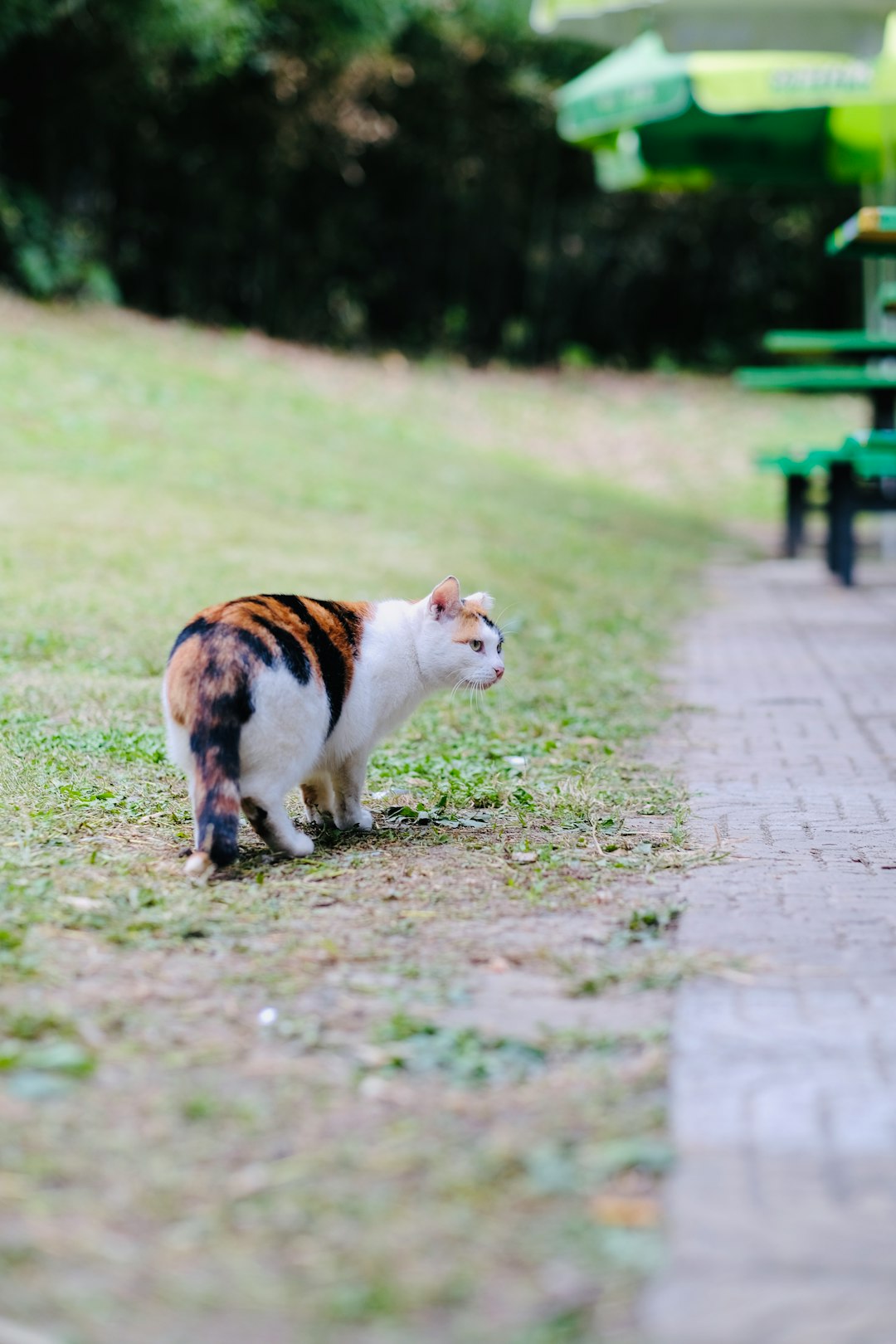
Benefits of Grain-Free Diets for Cats
Switching to grain-free cat food can offer numerous advantages for your feline friend. Here are some key benefits to consider:
Digestive Health: Cats often struggle to digest grains, leading to gastrointestinal issues. Grain-free cat food typically includes high-quality protein and fewer fillers, promoting better digestion.
Enhanced Nutritional Profile: Grain-free options focus on real meat sources, which are crucial for a cat’s diet. This enhances protein intake, providing essential amino acids for overall health.
Weight Management: Many grain-free cat foods are lower in carbohydrates, which can help prevent obesity. By maintaining a healthy weight, your cat may experience increased energy levels and improved mobility.
Reduced Allergies: Some cats are sensitive or allergic to grains. Grain-free cat food can alleviate skin irritations and digestive distress associated with grain consumption.
Better Coat Condition: A diet rich in quality proteins and fats contributes to a healthier coat and skin. Cats may show a noticeable improvement in their fur’s shine and texture.
Overall, grain-free diets can significantly enhance your cat’s well-being, making grain-free cat food a compelling option for many pet owners.
Potential Drawbacks of Grain-Free Cat Food
While grain free cat food can offer benefits, it’s essential to consider potential drawbacks before making a switch. Here are a few key points to keep in mind:
Nutritional Balance: Some grain free cat foods may lack essential nutrients found in whole grains. Cats require a balanced diet, which may be harder to achieve without certain grains.
Cost: Grain free options often come with a higher price tag compared to traditional cat food. This can impact your budget, especially over time.
Digestive Issues: Cats transitioning to grain free diets might experience digestive problems, such as diarrhea or constipation. Gradual changes can help mitigate these issues.
Heart Health Concerns: Recent studies suggest a possible link between grain free diets and certain heart conditions in dogs, with concerns raised for cats as well. It’s important to monitor your cat’s health.
Limited Variety: Depending on the brand, you may find fewer flavor and ingredient options in grain free cat food, which could make it challenging to find a suitable match for your feline’s palate.
Considering these factors can help you make an informed decision regarding grain free cat food for your furry friend.
Key Ingredients to Look for in Grain-Free Options
When selecting grain free cat food, it’s essential to focus on high-quality ingredients that cater to your cat’s nutritional needs. Here are some key components to look for:
Protein Sources: Look for real meat (like chicken, turkey, or fish) as the first ingredient. Cats thrive on protein, so ensure your food contains at least 30-40% protein.
Healthy Fats: Opt for formulations that include omega fatty acids from sources like fish oil or chicken fat. These support healthy skin and a shiny coat.
Fruits and Vegetables: Ingredients like blueberries, cranberries, and sweet potatoes provide essential vitamins and minerals while adding fiber to support digestion.
Supplements: Ensure the food contains vitamins, minerals, and taurine. Taurine is vital for heart and eye health in cats.
Natural Preservatives: Choose products that avoid artificial additives. Look for preservatives derived from natural sources, enhancing safety without compromising quality.
By carefully considering these ingredients in grain free cat food, you can ensure you’re providing a balanced and nutritious diet for your feline friend.
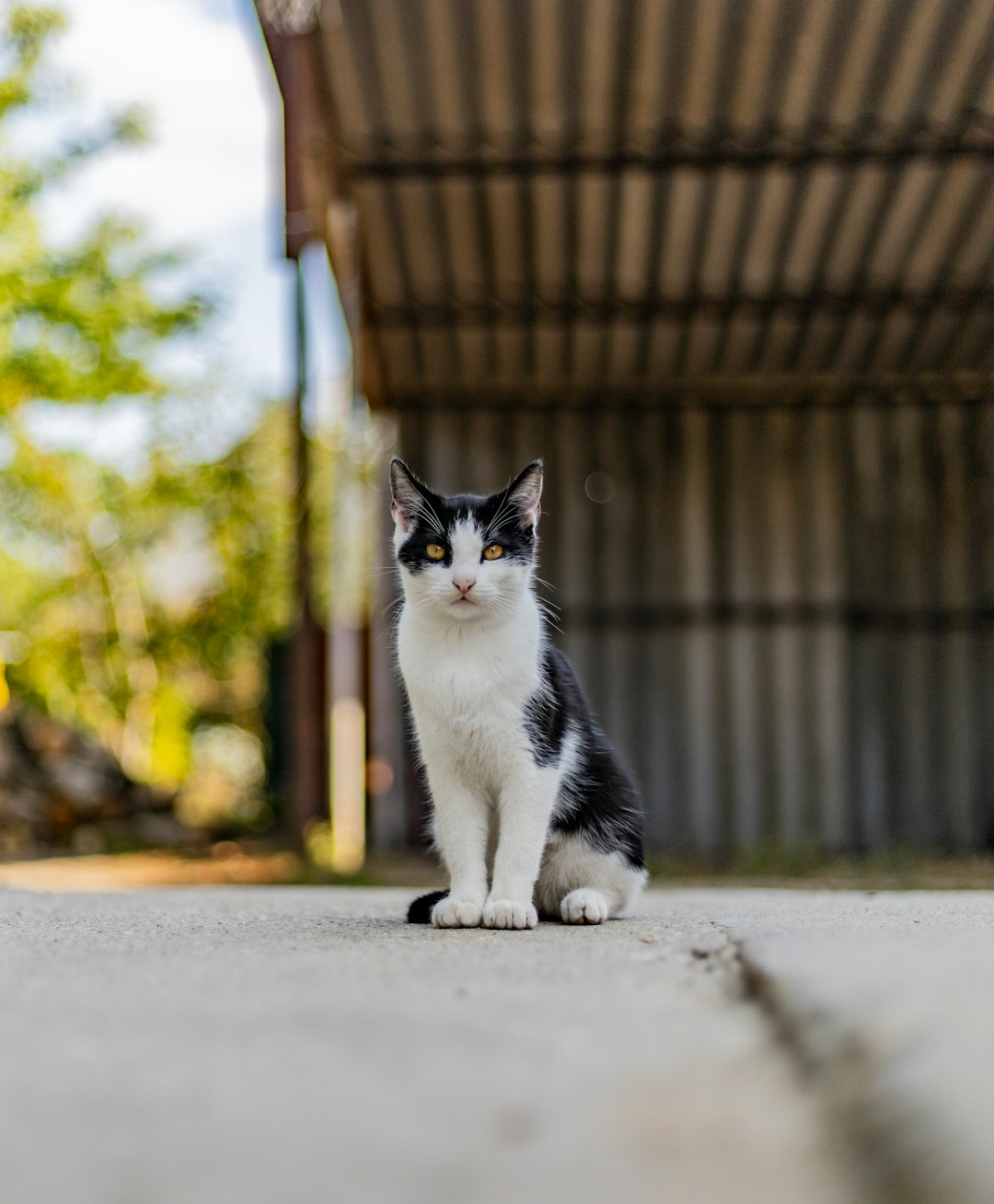
How to Transition Your Cat to Grain-Free Food
Transitioning your cat to grain-free cat food requires a careful approach to avoid digestive upset. Here are some effective steps to ensure a smooth shift:
Gradual Introduction:
- Start by mixing a small amount of grain-free cat food with your cat’s current food.
- Use a ratio of 25% new food to 75% old food for the first few days.
Increase Slowly:
- Every few days, gradually increase the percentage of the grain-free cat food.
- Aim for a 50/50 mix after about a week, then to 75% new food by the following week.
Observe Reactions:
- Monitor your cat for any signs of discomfort, like vomiting or diarrhea.
- If issues arise, slow down the transition process.
Be Patient:
- Each cat is different; some may need 2-4 weeks to fully adjust.
Encourage Hydration:
- Ensure your cat has access to plenty of fresh water, as higher protein content in grain-free cat food can lead to increased thirst.
By following these steps, your cat can transition comfortably and enjoy the benefits of a grain-free diet.
Common Myths about Grain-Free Cat Diets
When exploring grain-free cat food, various misconceptions can cloud your judgment. Let’s debunk some common myths:
Myth 1: Grain-Free Means Higher Protein
While many grain-free cat food options do feature increased protein levels, not all of them are created equal. Check the protein source and quality before making assumptions.Myth 2: Grain-Free Diets Are Healthier for All Cats
Grain-free options suit some cats, especially those with specific dietary sensitivities. However, most felines thrive on a balanced diet, which can include grains.Myth 3: Grain-Free Foods Prevent Allergies
Many cat owners believe switching to a grain-free cat food will eliminate allergies. In reality, other ingredients might trigger reactions. Always consult your vet before changing diets.Myth 4: Grain-Free Equals Natural
Grain-free doesn’t automatically imply natural ingredients. Some brands use synthetic additives and fillers to compensate for the lack of grains, so read labels carefully.
Understanding these myths ensures you make informed decisions about your cat’s diet, especially regarding grain-free cat food.
Veterinary Insights on Grain-Free Nutrition
Veterinarians often provide valuable insights into the impact of grain-free diets on feline health. While grain free cat food has gained popularity, professionals urge pet owners to consider several factors:
- Nutritional Balance: Cats are obligate carnivores. Therefore, it’s crucial to choose grain-free options that prioritize high-quality protein sources. Look for those rich in meat or fish
- Essential Nutrients: Ensure that the grain free cat food includes essential nutrients like taurine, vitamins, and minerals necessary for your cat’s well-being.
- Individual Needs: Every cat is unique. Some may thrive on a grain-free diet, while others could be better suited to maintain certain grains in their meals.
- Monitor for Health Changes: If you transition your cat to grain-free food, monitor their health closely. Look for improvements or potential allergy symptoms that may arise.
In conclusion, while grain free cat food can offer benefits, consulting with a veterinarian ensures that your feline’s dietary choices align with their specific health needs and lifestyle.
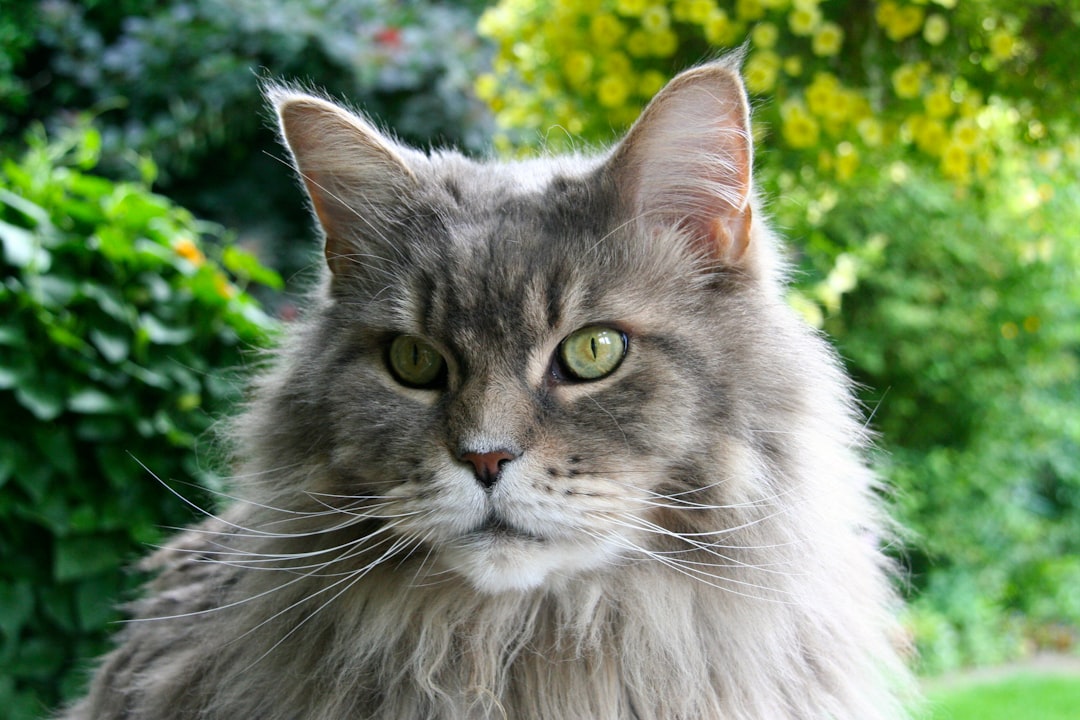
Selecting the Best Grain-Free Cat Food Brands
When it comes to choosing the right grain free cat food, several reputable brands stand out for their quality ingredients and nutritional value. Consider the following factors to make an informed choice:
- Ingredients: Look for meat as the primary ingredient and avoid fillers. High-quality sources of protein are essential for your cat’s health.
- Nutritional Balance: Ensure the food contains essential nutrients like taurine, vitamins, and minerals. A balanced formula supports overall well-being.
- Brand Reputation: Choose brands recognized for their commitment to pet health. Research user reviews and check for any recalls.
- Certifications: Opt for brands that meet established safety and quality standards, such as AAFCO.
Top Recommended Grain-Free Cat Food Brands
| Brand | Key Features | Price Range |
|---|---|---|
| Brand A | High protein, no fillers, human-grade ingredients | $$$ |
| Brand B | Variety of flavors, fortified with taurine | $$ |
| Brand C | Limited ingredient formula, great for allergies | $$$$ |
| Brand D | Grain-free and organic, eco-friendly packaging | $$$ |
Ultimately, selecting the best grain free cat food involves understanding your cat’s specific needs and preferences while considering these top brands.
Frequently Asked Questions
What is grain-free cat food?
Grain-free cat food is specifically formulated to exclude grains such as wheat, corn, and soy, which are common fillers found in many traditional cat food varieties. Instead, it typically focuses on protein sources like meat, fish, and vegetables to provide essential nutrients. The primary goal of grain-free diets is to mimic a cat’s natural diet in the wild, emphasizing protein rather than carbohydrate sources, thus potentially enhancing feline health and vitality.
Why should I consider grain-free cat food for my cat?
Many cat owners consider grain-free cat food due to concerns about allergies or sensitivities their pets may have toward grains. Some cats experience digestive issues or skin problems associated with grain consumption. A grain-free diet may also provide higher protein levels, supporting muscle maintenance, energy, and overall health. Additionally, it can cater to cats with certain health conditions, making it an appealing option for those prioritizing their feline’s dietary needs.
Are there any health risks associated with feeding cats grain-free diets?
While many cats thrive on grain-free diets, there are ongoing discussions about potential health risks, including concerns regarding nutrition balance. Some studies have suggested a link between grain-free diets and heart diseases like dilated cardiomyopathy (DCM). Therefore, it’s vital to ensure that any grain-free cat food is well-formulated, providing all necessary nutrients. Consulting with a veterinarian is recommended before making significant changes to your cat’s diet to ensure their specific health needs are adequately met.
How can I transition my cat to grain-free food?
Transitioning your cat to grain-free food should be done gradually to avoid digestive upset. Start by mixing a small amount of the grain-free food with your cat’s regular food, typically around 75% old food to 25% new food. Over the course of a week or more, slowly increase the ratio of grain-free food while decreasing the old food. Monitor your cat for any signs of gastrointestinal discomfort or changes in behavior, and consult with your veterinarian if any issues arise during the transition.

